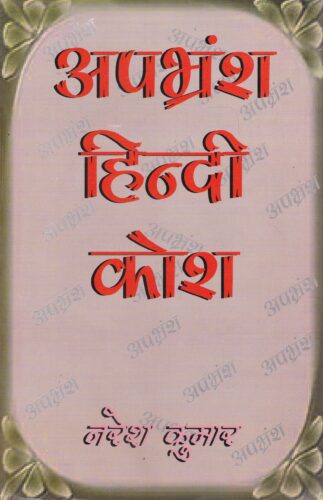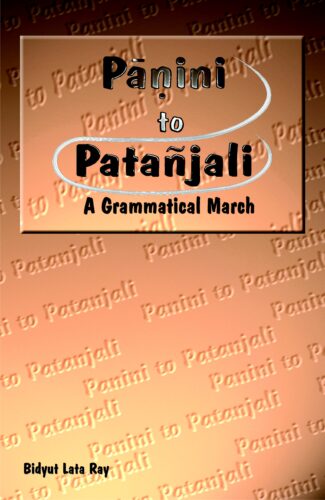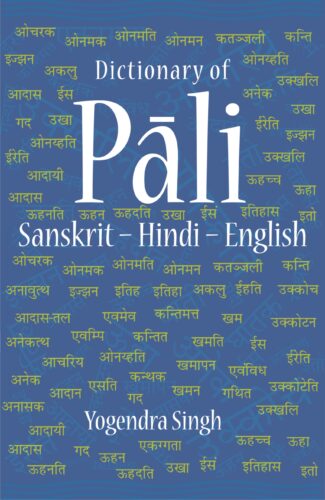-


Meaning of Nouns...
Meaning of Nouns
Semantic Theory in Classical and Medieval India -- Namartha-nirnaya of Kaundabhatta by: Madhav M. DeshpandeThe present book is a heavily annotated translation of the Namartha-nirnaya section of Kaundabhatta’s Vaiyakarana-bhushana, with an extensive introduction. While there are several books that discuss Indian semantic theories in general terms, this book belongs to a small class of intensive, focused studies of densely written philosophical texts which examine each argument in its historical and philosophical context. It is of interest to all students of philosophy of language in general, and to students of Indian philosophy in particular.
₹900.00
ISBN: 9788124604311
Year Of Publication: 2018
Edition: 2nd
Pages : x, 296
Bibliographic Details : Bibliography; Index
Language : English
Binding : Hardcover
Publisher: D.K. Printworld Pvt. Ltd.
Size: 23
Weight: 550
Kaundabhatta’s Vaiyakarana-bhushana is a massive work on semantic theory written in India in the 17th century. Kaundabhatta belonged to the tradition of Sanskrit grammar and in this work he consolidated the philosophy of language developed in the Paninian tradition of Sanskrit grammar. His work takes account of the philosophical debate which occurred in classical and medieval India among the philosophers and grammarians from about 500 bc. to the 17th century ad and primarily represents this debate between the traditions of Sanskrit grammar, Mimamsa, and Nyaya-Vaisheshika. It discusses ontological, epistemological, and exegetical issues concerning the notion of meaning as it relates to the various components of language. The present book is a heavily annotated translation of the Namartha-nirnaya section of Kauandabhatta’s Vaiyakarana-bhushana, with an extensive introduction. While there are several books that discuss Indian semantic theories in general terms, this book belongs to a small class of intensive, focused studies of densely written
Approximate Chronology of Indian Philosophers
Preface
Introduction
A. Artha Meaning
B. Logical Basis of Semantic Analysis
C. What is a Naman Noun, Nominal Stem?
D. Ontology of Possible Nominal Meanings
Jati / Akriti Generic Property/Configuration
Sattva / Dravya / Vyakti Individual Object
Linga Gender
Samkhya Number
Karaka Means to Bring about an Action
E. Functional Apparatus of a Semantic Theroy
Vritti / Shakti Signification Function of Words
Pravritti-nimitta / Shakyatavacchedaka
Shaktatavacchedaka
Shabda-bodha Verbal Cognition
Lakshana Secondary Signification Function
F. Shabda itself as Artha: Use versus Mention
G. Bhattoji Dikshita and Kaundabhatta
H. Kaundabhattas Namartha-nirnaya
I. Conclusion
Some Features of Philosophical Discourse
Namartha-Nirnaya with Translation and Annotation
Section One
Section Two
Section Three
Section Four
Section Five
Section Six
Section Seven
Bibliography
Index






